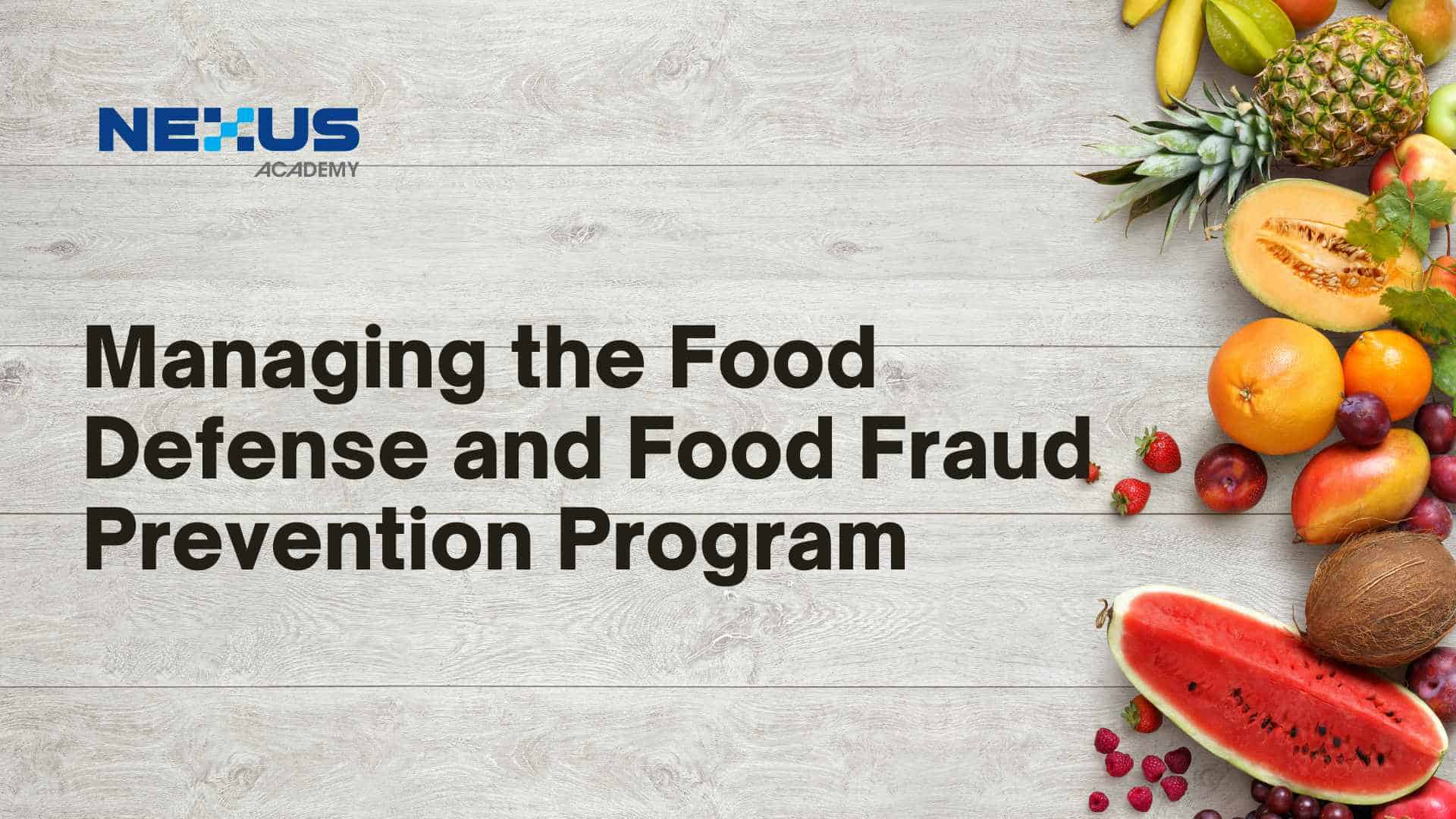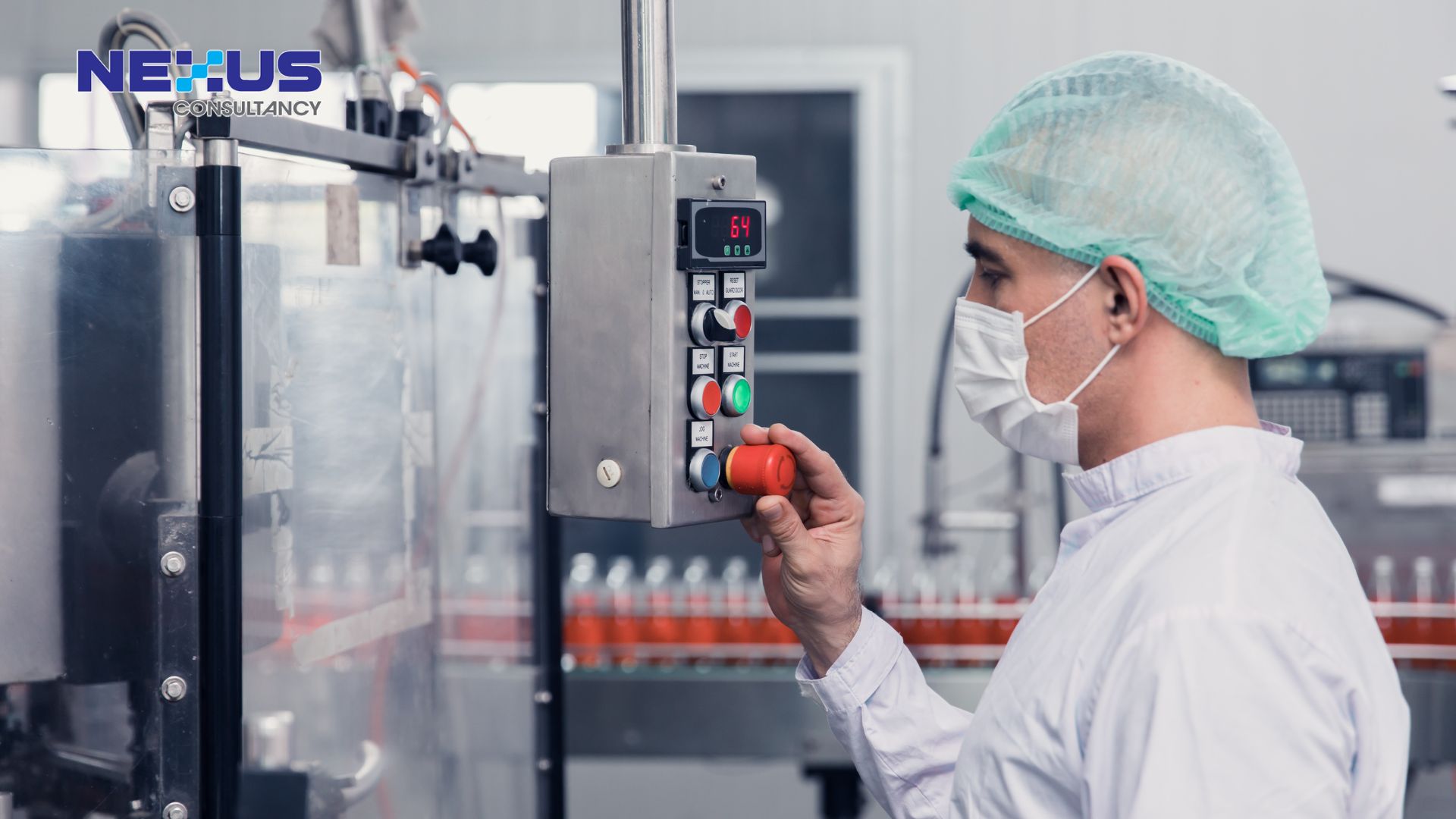
Danielle Tan
Chief Operating Officer
Intentional food contamination is a growing concern on a global scale, and it is necessary to identify, prevent, and respond to threats or intentional contamination of food, as well as protecting food against intentional substitution, dilution, or mislabeling of food ingredients.

Food safety is about making sure that food doesn’t hurt people’s health when it’s prepared and eaten the way it’s supposed to be. By definition, it includes both intentional and unintentional contamination. Historically, though, the idea of food safety has been about keeping food from getting contaminated by accident.
What about Contamination that was Done on Purpose?
Food contamination that was done on purpose is called intentional food contamination, motivated by ideology or money. It is a growing concern on a global scale. In 2017, the Global Food Safety Initiative (GFSI) sought to address this issue by incorporating food defense and food fraud prevention into their Benchmarking Requirements. Now, these two elements are mandatory components of GFSI-recognized food safety certification programs.
Why Food Defense and Food Fraud Vulnerability Assessment is Important?
Food defense and food fraud prevention programs are essential components of a food safety management system. These programs help to ensure that food is safe for consumption by preventing the intentional or unintentional contamination of food. Food defense programs focus on identifying, preventing, and responding to threats or intentional contamination of food, while food fraud prevention programs focus on protecting food against the intentional substitution, dilution, or mislabeling of food ingredients. Together, these programs help to ensure that food is safe for human consumption by preventing and mitigating potential risks to food safety. Additionally, these programs can help to protect the food industry’s reputation and brand by reducing the risk of food fraud and food-related scandals.
The Standards
| FSSC 22000 version 5.12.5.3 | 2.5.3 Food Defense |
|---|---|
| 2.5.3.1 Threat Assessment | |
| 2.5.3.2 Plan | |
| 2.5.4 Food Fraud Mitigation | |
| 2.5.4.1 Vulnerability Assessment | |
| 2.5.4.2 Plan | |
| ISO 22000:2018 | 18 Food Defense, Biovigilance and Bioterrorism |
| 18.1 General Requirements | |
| 18.2 Access Controls | |
| BRCGS Food Safety Issue 9 | 4.2.1, 5.4.1 Competency of the Team |
| 4.2.2 Documented Assessment of Security | |
| 4.2.3 Additional Controls to Mitigate Risks | |
| 5.4.2 Provision of Knowledge and Information | |
| 5.4.3 Vulnerability Assessment |
How To Start
If your organization want to be certified by a GFSI-recognized food safety certification program such as FSSC 22000, BRCGS Food Safety etc., here are the 5 steps to establish the program.
Step 1: Set up a Food Defense and Food Fraud Assessment team. Remember team work is key!
Step 2: Conduct risk assessments to find out what food defense threats there are and where food fraud can happen within your Food Safety Management System.
Step 3: Set up control measures for the identified threats and weaknesses and put them in order of importance.
Step 4: Make a food defense plan and a food fraud mitigation plan as part of the company’s food safety management system to reduce risks.
Step 5: Train all stakeholders (including top management and employees) on the food defense and food fraud program.

Training
The product defense and food fraud assessment team and those accountable for the plan, must understand the potential threats from fraud, sabotage, and terrorism. This means that they need to know about the business’s supply chain, the materials it uses, the method for assessing threats and weaknesses, and the principles of product defense and food fraud.
Want to Learn More about Managing Your Product Defense and Food Fraud Prevention Program?
This article gives you a general idea of how to manage your product defense system. If you want to learn more about this topic in-depth, we recommend the following training courses:






